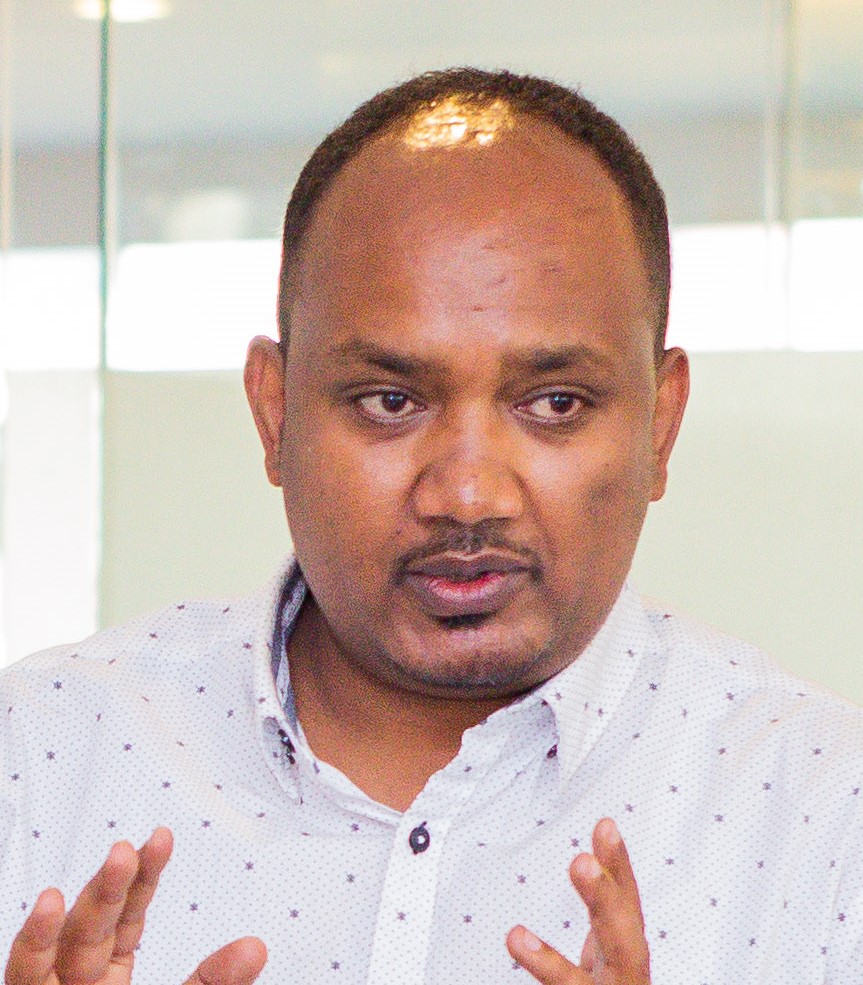Development and Implementation of a Digital Tool to Track MDR-TB Patients and Improve Outcomes
Ethiopia is among the 30 countries with the highest rates of tuberculosis, TB, and HIV coinfection. Yet the country’s investments to prevent and control multi-drug resistant TB (MDR-TB) have paid off. Ethiopia has maintained a high treatment success rate over several years and the disease burden has declined markedly—such that in 2020, it was removed from the list of high MDR-TB burden countries. But because the country’s paper-based case reporting system has a number of limitations, TB and MDR-TB data quality challenges persist. In addition, current MDR-TB care protocols demand an electronic case-based system to facilitate real-time clinical decisions.
Digital technologies support patient-centered interventions, which are key to the End TB Strategy (WHO). The USAID-funded Digital Health Activity (DHA) customized the country’s District Health Information System (DHIS) 2 to include the multiple drug-resistant TB (MDR-TB) tracker application, which has offline data collection capacity and provides summary dashboards and reports for individual patient monitoring and follows up. The MDR-TB tracker is currently implemented in all 67 treatment initiating centers (TICs) and captures 1,037 (76 percent) of the 1,409 MDR-TB patients reported through DHIS2. The application is improving the recording of MDR-TB cases and will facilitate realistic reports at various levels, with regular data updates. The tracker tool also minimizes the number of errors in the MDR-TB tracking and reporting system, and its real-time dashboard has allowed program administrators to assess the MDR-TB control program at multiple levels.
USAID DHA has been providing on-site training and coaching at four learning hospitals (St Peter, Alert, Gondar University Hospital, and Yirgalem), which cover about 46 percent of the national MDR-TB cases, to familiarize health professionals with the MDR-TB tracker. As Dr. Siham Ibrahim, DHA’s program implementation officer says, “Doctors can now access patient data from anywhere. With their workload, the remote access allows them to track their patients, allowing better follow up and overall care.” Additionally, the MDR-TB tracker allows health professionals with longer tenure to interact and use technology for enhanced MDR-TB treatment. As Dr. Bekele Fekade, the St Peter TB ward focal point says, “This is the first digital system I’m using in my career so far. With the enhanced use of this tool, we are able to properly track past treatment records, which is vital for MDR-TB patients.”
DHA will continue supporting the National TB program to achieve complete rollout of the DHIS2 MDR-TB tracker in all TICs; develop and integrate DHIS2 lab tracker system and rollout to all TB culture and drug susceptibility testing referral labs with automated linkages to the TICs; complete the transition to the system for MDR-TB-related data needs, and explore opportunities to expand the tracker for drug-sensitive TB at the TICs.
Article by:

Senior Director, USAID Digital Health Activity